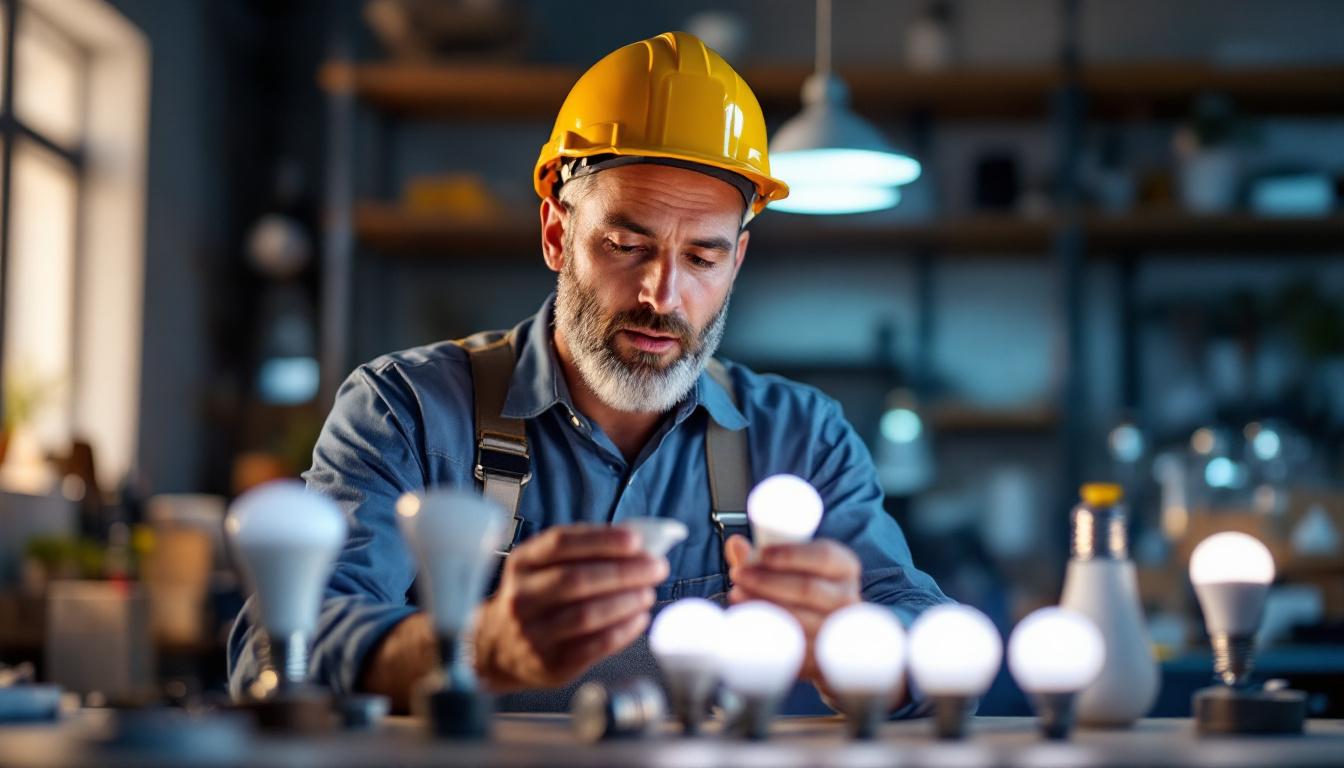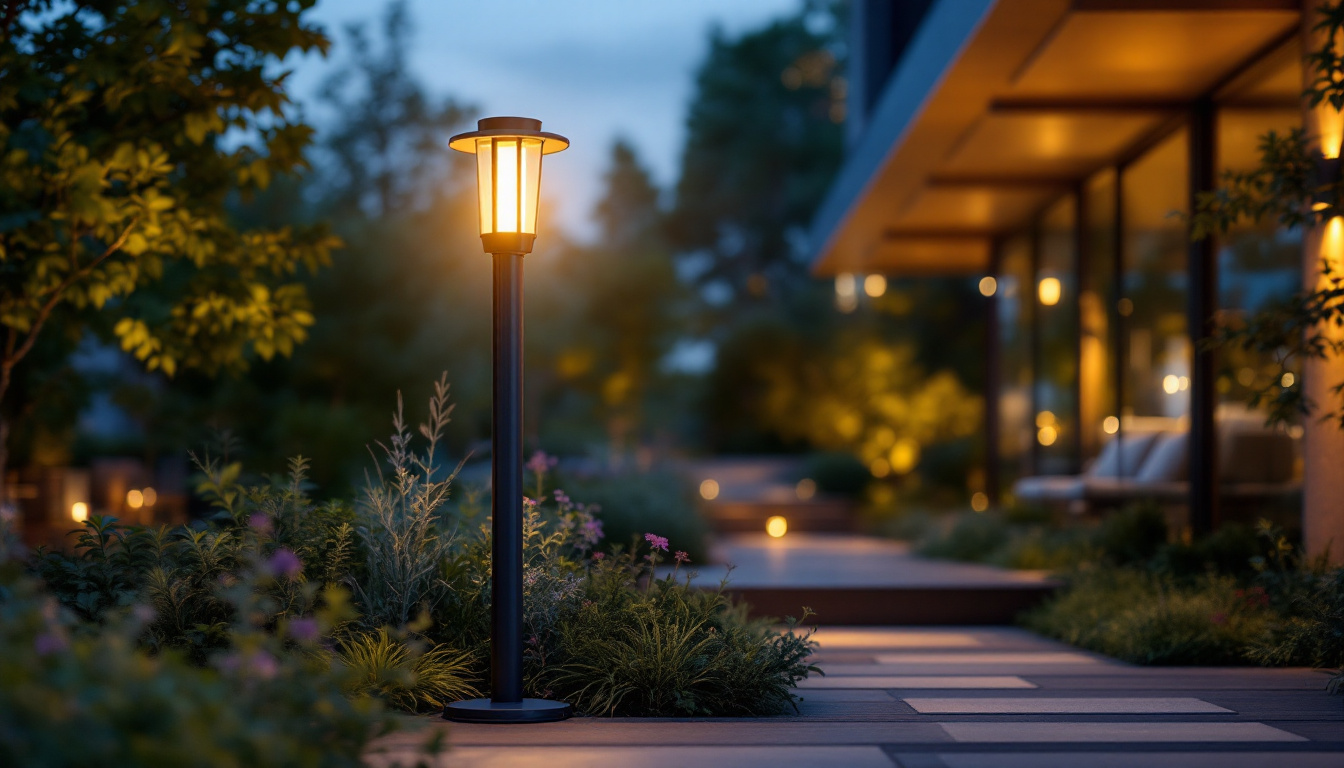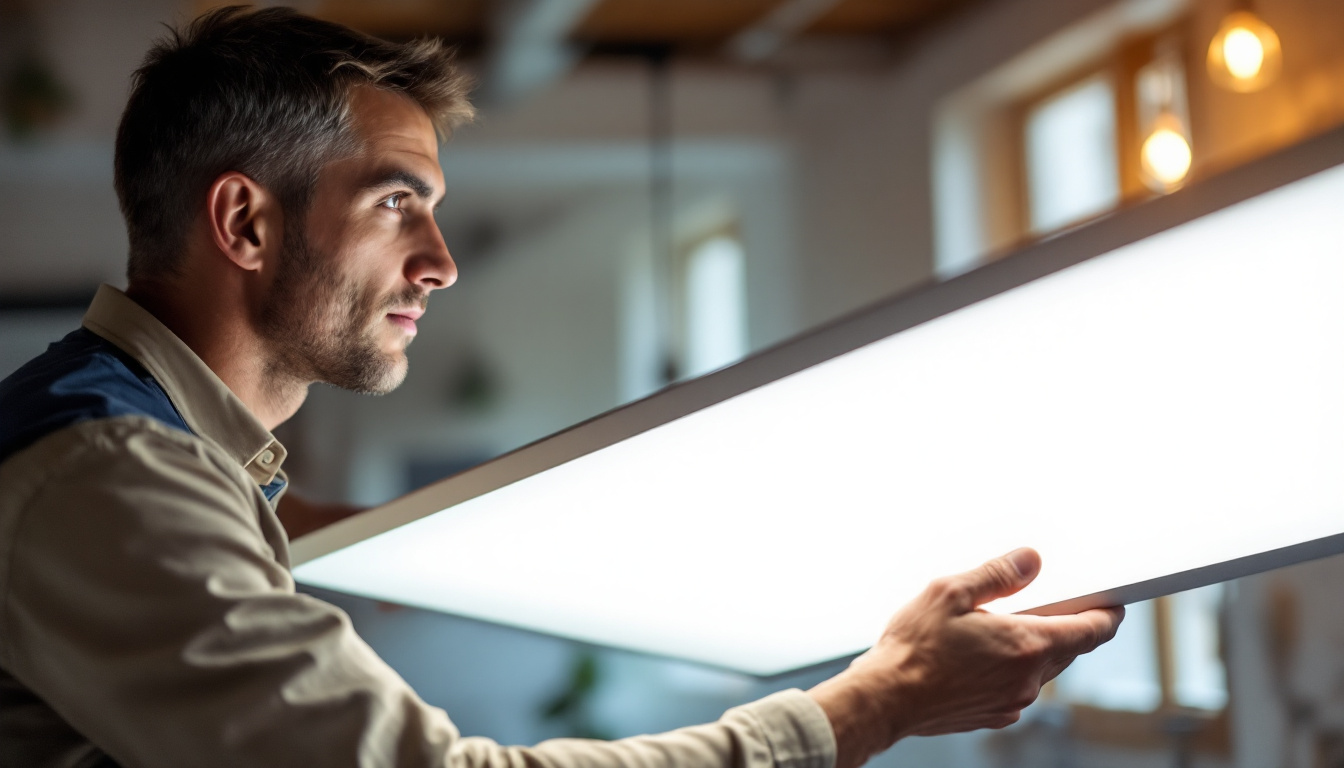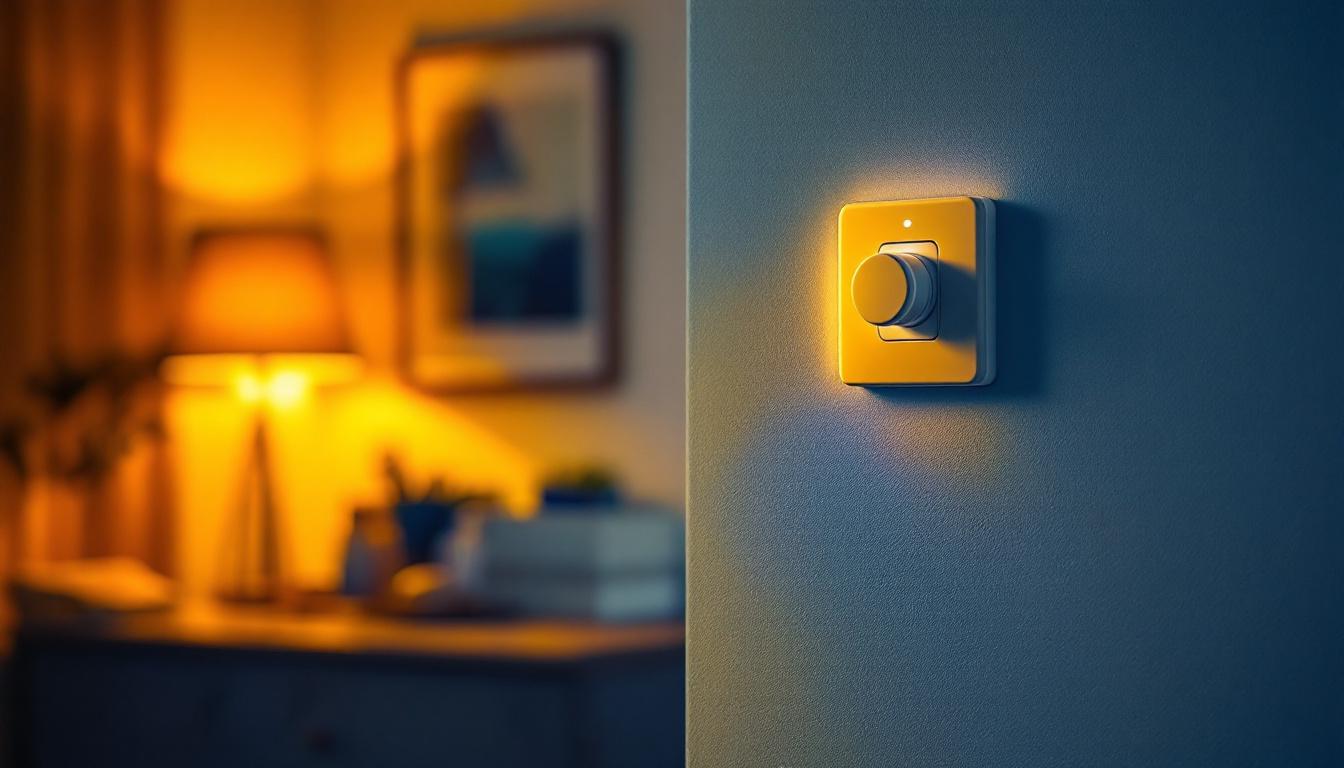
Ultraviolet (UV) light has emerged as a powerful tool for sanitization, particularly in environments where cleanliness is paramount. Lighting contractors are increasingly integrating UV technology into their offerings, providing clients with innovative solutions for disinfecting spaces. However, understanding the nuances of UV sanitization is essential for maximizing its effectiveness and ensuring safety.
UV light operates at different wavelengths, with UV-C being the most effective for germicidal purposes. This wavelength can destroy the DNA and RNA of microorganisms, rendering them incapable of reproduction and infection. As the demand for UV sanitization grows, lighting contractors must familiarize themselves with the technology and its applications to provide informed recommendations to clients.
UV light is part of the electromagnetic spectrum and is categorized into three types: UV-A, UV-B, and UV-C. While UV-A and UV-B are primarily associated with skin damage and sun exposure, UV-C is the most effective for sterilization. It is essential for lighting contractors to understand that UV-C light can be harmful to human skin and eyes, necessitating strict safety protocols during its application.
When used properly, UV-C light can be an effective solution for various environments, including hospitals, schools, and commercial spaces. The effectiveness of UV sanitization depends on several factors, including exposure time, intensity, and the distance from the light source to the surface being disinfected. Research has shown that the optimal distance for UV-C light to effectively eliminate pathogens can vary, making it crucial for contractors to conduct thorough assessments of the spaces they are working in.
Lighting contractors can explore a variety of applications for UV sanitization. For instance, UV-C lights can be installed in HVAC systems to reduce airborne pathogens, improving indoor air quality. Additionally, portable UV sanitizers can be utilized for disinfecting surfaces in high-traffic areas. These portable units are particularly beneficial in settings like gyms, restaurants, and public transport, where the risk of contamination is heightened.
Furthermore, the integration of UV technology in lighting fixtures offers a dual purpose: providing illumination while simultaneously sanitizing spaces. This innovative approach can enhance the value proposition for clients and set contractors apart in a competitive market. By combining aesthetics with functionality, contractors can create environments that are not only visually appealing but also healthier for occupants. Moreover, as awareness of UV sanitization grows, clients may seek to incorporate these technologies into their designs, making it a pivotal area for contractors to expand their expertise and service offerings. The potential for UV technology in the realm of smart building solutions is also on the rise, where automated systems can monitor and adjust UV exposure based on occupancy and air quality levels, ensuring optimal sanitization without compromising safety.
When incorporating UV technology into projects, lighting contractors should adhere to best practices to ensure safety and effectiveness. Understanding the do’s of UV sanitization is crucial for successful implementation.
One of the primary responsibilities of lighting contractors is to educate clients about the safety measures associated with UV sanitization. Clients must be made aware of the potential hazards of UV-C light, including skin burns and eye injuries. Providing clear guidelines on how to operate UV systems safely can help mitigate risks.
Contractors should also inform clients about the importance of using UV light in unoccupied spaces. This ensures that no one is exposed to harmful radiation during the sanitization process. By fostering an understanding of safety protocols, contractors can build trust and credibility with their clients. Additionally, offering demonstrations or visual aids can enhance comprehension, allowing clients to see firsthand how to safely operate UV systems. This proactive approach not only empowers clients but also reinforces the contractor’s role as a knowledgeable and responsible partner in the project.
Every UV sanitization product comes with specific manufacturer guidelines that outline installation, usage, and maintenance. Lighting contractors must adhere to these guidelines to ensure optimal performance and safety. This includes understanding the recommended exposure times, distances, and maintenance schedules.
Additionally, staying updated on the latest advancements in UV technology can enhance a contractor’s expertise. Manufacturers often release new products and improvements, and being knowledgeable about these can provide contractors with a competitive edge. Engaging in training sessions or webinars offered by manufacturers can also be beneficial. These resources not only keep contractors informed about the latest safety standards but also provide insights into innovative applications of UV technology that can be leveraged in future projects.
Regular maintenance of UV systems is essential for ensuring their effectiveness. Over time, UV lamps can lose their intensity and require replacement. Lighting contractors should establish a maintenance schedule that includes routine checks of the UV equipment to ensure it is functioning correctly.
Moreover, cleaning the fixtures and ensuring that there are no obstructions in the path of UV light can significantly enhance its effectiveness. By prioritizing maintenance, contractors can ensure that their clients receive the best possible results from their UV sanitization systems. It is also wise to document maintenance activities and any issues encountered, as this record can be invaluable for troubleshooting and for future reference. Furthermore, educating clients on the signs of wear or malfunction can empower them to report issues promptly, ensuring that the UV systems continue to operate at peak performance and provide the intended sanitization benefits.
While there are many best practices to follow, there are also critical pitfalls to avoid when working with UV technology. Understanding what not to do can prevent accidents and ensure the effectiveness of UV sanitization.
Safety should always be the top priority when working with UV technology. Contractors must not overlook safety protocols, including the use of protective gear such as goggles and gloves when handling UV equipment. Additionally, ensuring that the area is secured and that no unauthorized personnel can access the space during sanitization is crucial.
Failing to adhere to safety protocols can lead to serious injuries and liability issues. It is essential for contractors to maintain a culture of safety and ensure that all team members are trained on the proper handling of UV equipment.
Not all UV sanitization products are created equal. Lighting contractors should avoid assuming that any UV product will provide the same level of effectiveness. It is essential to research and select high-quality UV systems that have been tested and certified for safety and efficacy.
Contractors should also be wary of products that make exaggerated claims about their sanitizing capabilities. Relying on reputable manufacturers and conducting thorough research can help contractors make informed decisions regarding the products they recommend to clients.
Once a UV system is installed, it is vital to provide clients with comprehensive training on its operation and maintenance. Contractors should not neglect this aspect, as clients may not fully understand how to use the system safely and effectively. Providing clear instructions and resources can empower clients to utilize the technology to its fullest potential.
Additionally, offering ongoing support and being available to answer questions can enhance client satisfaction and foster long-term relationships. A well-informed client is more likely to appreciate the value of the UV system and recommend the contractor’s services to others.
Implementing UV technology requires careful planning and execution. Lighting contractors should consider several best practices to ensure successful integration into their projects.
Before implementing UV technology, it is crucial to conduct a thorough needs assessment. This involves evaluating the specific requirements of the space and identifying areas where UV sanitization can be most effective. Understanding the client’s needs, the type of pathogens to target, and the environment’s characteristics will inform the selection of the appropriate UV system.
Additionally, assessing the layout of the space can help determine the optimal placement of UV fixtures to maximize coverage and effectiveness. A tailored approach ensures that clients receive solutions that meet their unique needs.
For many clients, integrating UV technology with existing lighting and HVAC systems can enhance overall performance. Lighting contractors should explore opportunities to combine UV sanitization with traditional lighting solutions, creating a multifunctional environment.
By integrating UV systems into existing infrastructure, contractors can provide clients with a seamless solution that enhances both safety and aesthetics. This approach can also reduce installation costs and minimize disruptions to the client’s operations.
As UV technology continues to evolve, regulations and guidelines surrounding its use may change. Lighting contractors must stay informed about local and national regulations regarding UV sanitization to ensure compliance and safety.
Regularly reviewing industry standards and participating in training sessions or workshops can help contractors remain knowledgeable about best practices and emerging trends. This commitment to ongoing education can enhance the contractor’s reputation as a trusted expert in UV technology.
As the demand for sanitization solutions continues to rise, lighting contractors have a unique opportunity to embrace UV technology responsibly. By understanding the do’s and don’ts of UV sanitization, contractors can provide effective solutions that enhance safety and well-being in various environments.
Education, safety, and adherence to best practices are paramount in successfully integrating UV technology into lighting solutions. By prioritizing client training, conducting thorough assessments, and staying informed about industry developments, contractors can position themselves as leaders in the field of UV sanitization.
Ultimately, the responsible use of UV technology not only benefits clients but also contributes to healthier and safer spaces for everyone. By adopting a proactive approach, lighting contractors can play a crucial role in promoting public health through innovative sanitization solutions.
Ready to take the next step in providing cutting-edge UV sanitization solutions? At LumenWholesale, we offer lighting contractors the highest quality UV lighting products at unbeatable wholesale prices. Our spec-grade selection is designed to meet rigorous industry standards, ensuring your projects are equipped with reliable and high-performance lighting. Plus, with free shipping on bulk orders, you can stock up on premium lighting essentials without worrying about hidden costs. Elevate your lighting solutions and offer your clients the best value in UV technology. Wholesale Lighting at the Best Value is just a click away.

Discover essential insights for lighting contractors on selecting the perfect LED A19 bulbs.

Discover how post lamps are transforming modern lighting solutions with their blend of classic charm and innovative technology.

Discover why Lite LED panels are revolutionizing the lighting industry for contractors.

Discover how indoor motion sensor light switches can revolutionize your lighting projects by enhancing energy efficiency and convenience.